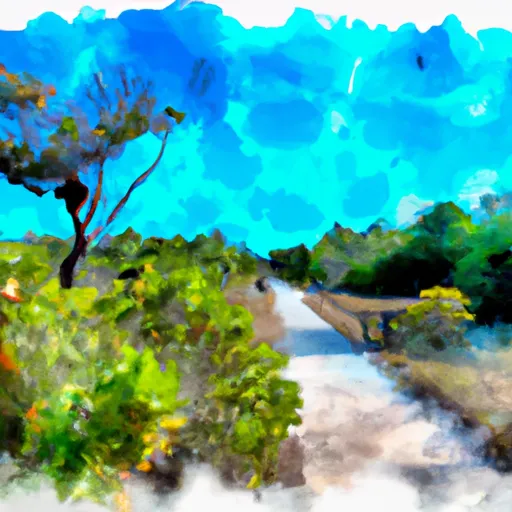Cedar Keys National Wildlife Refuge
Rate this placeLast Updated: January 2, 2026
Cedar Keys National Wildlife Refuge is located on the Gulf Coast of Florida and is a popular destination for nature lovers and outdoor enthusiasts.
°F
°F
mph
Wind
%
Humidity
Summary
The refuge covers a total of 762 acres of land and water and is home to a variety of wildlife species, including migratory birds, sea turtles, and manatees.
One of the main reasons to visit Cedar Keys National Wildlife Refuge is to experience the natural beauty of the area. Visitors can take a boat tour to see the abundant wildlife, hike along the trails to explore the diverse habitats, or go fishing in the Gulf of Mexico.
Some of the specific points of interest to see at the refuge include the Cedar Keys Lighthouse, the Atsena Otie Key archaeological site, and the Lower Suwannee National Wildlife Refuge. The Cedar Keys Lighthouse, built in 1854, is one of the oldest lighthouses in Florida and offers stunning views of the Gulf of Mexico. The Atsena Otie Key archaeological site was once a thriving community, and visitors can see the remains of the town's buildings and artifacts from the time period.
Interesting facts about the Cedar Keys National Wildlife Refuge include that it was established in 1929 as a migratory bird sanctuary and that it is home to one of the largest populations of nesting bald eagles in Florida. The refuge also plays an important role in protecting the habitats of threatened and endangered species, such as the West Indian manatee and the sea turtle.
The best time of year to visit Cedar Keys National Wildlife Refuge is during the winter months when the weather is mild and the migratory birds are present. However, visitors can enjoy the refuge year-round and can find plenty of activities to do during each season.
In conclusion, Cedar Keys National Wildlife Refuge is a beautiful and unique destination that offers a variety of activities and points of interest for visitors. Whether you enjoy hiking, birdwatching, or fishing, there is something for everyone at this stunning refuge.
Weather Forecast
Park & Land Designation Reference
Large protected natural areas managed by the federal government to preserve significant landscapes, ecosystems, and cultural resources; recreation is allowed but conservation is the priority.
State Park
Public natural or recreational areas managed by a state government, typically smaller than national parks and focused on regional natural features, recreation, and education.
Local Park
Community-level parks managed by cities or counties, emphasizing recreation, playgrounds, sports, and green space close to populated areas.
Wilderness Area
The highest level of land protection in the U.S.; designated areas where nature is left essentially untouched, with no roads, structures, or motorized access permitted.
National Recreation Area
Areas set aside primarily for outdoor recreation (boating, hiking, fishing), often around reservoirs, rivers, or scenic landscapes; may allow more development.
National Conservation Area (BLM)
BLM-managed areas with special ecological, cultural, or scientific value; more protection than typical BLM land but less strict than Wilderness Areas.
State Forest
State-managed forests focused on habitat, watershed, recreation, and sustainable timber harvest.
National Forest
Federally managed lands focused on multiple use—recreation, wildlife habitat, watershed protection, and resource extraction (like timber)—unlike the stricter protections of national parks.
Wilderness
A protected area set aside to conserve specific resources—such as wildlife, habitats, or scientific features—with regulations varying widely depending on the managing agency and purpose.
Bureau of Land Management (BLM) Land
Vast federal lands managed for mixed use—recreation, grazing, mining, conservation—with fewer restrictions than national parks or forests.
Related References

 Log Landing Wildlife Management Area
Log Landing Wildlife Management Area
 Cedar Key Museum State Park
Cedar Key Museum State Park
 Cedar Key Scrub State Reserve
Cedar Key Scrub State Reserve
 Cedar Key Scrub Wildlife Management Area
Cedar Key Scrub Wildlife Management Area